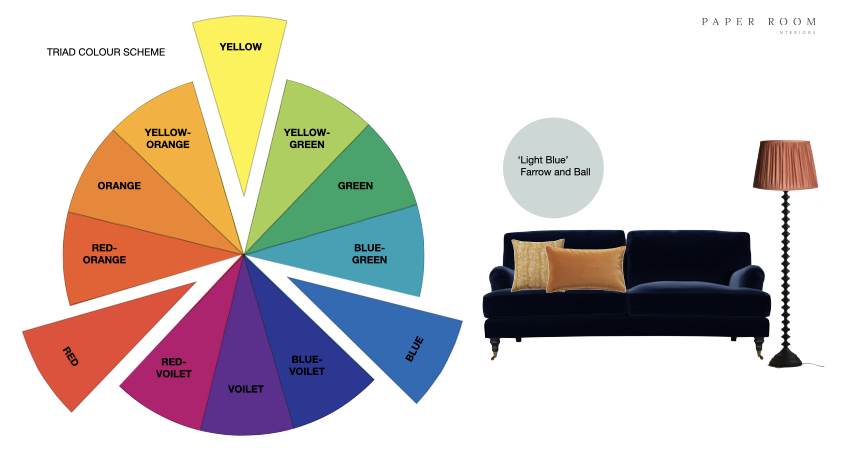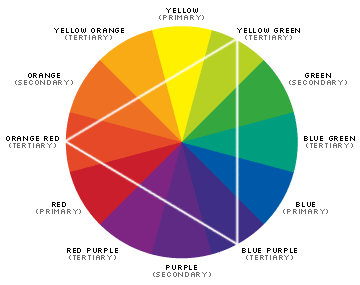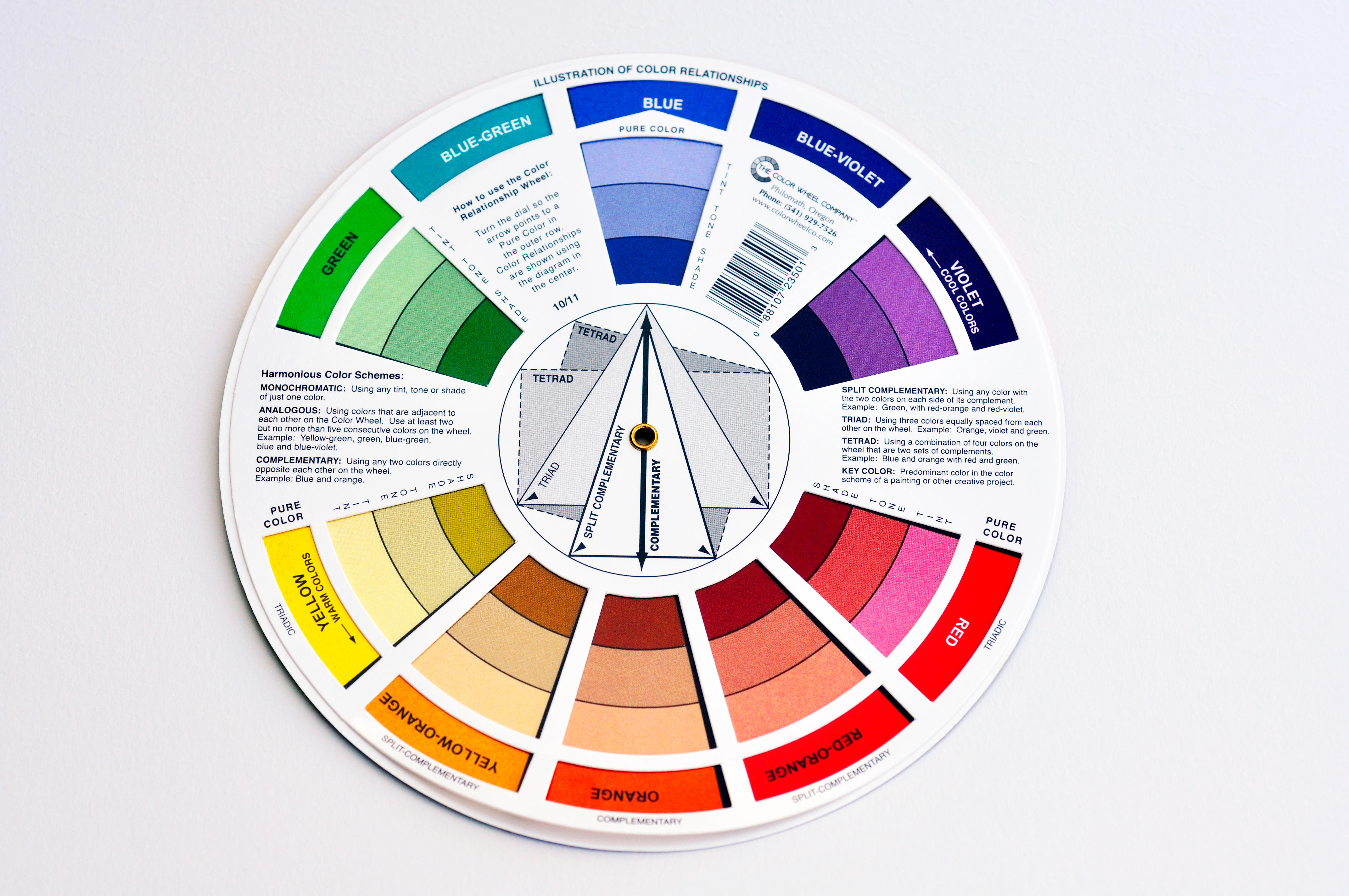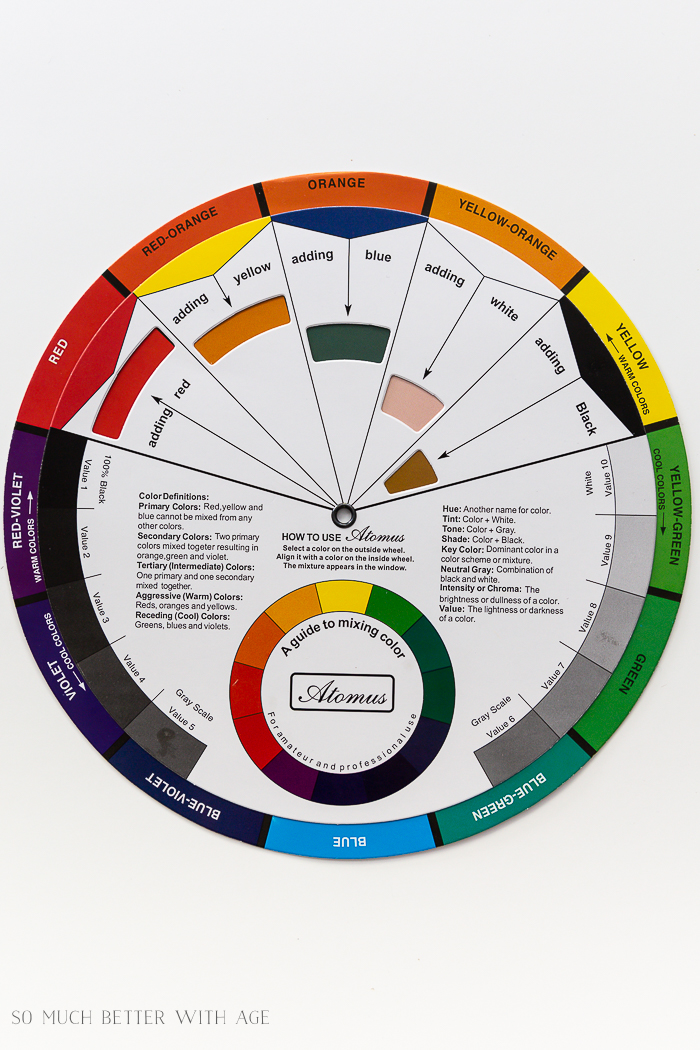Introduction to Color Theory in Interior Design
The art of interior design goes beyond mere aesthetics; it involves creating environments that evoke emotions, functionality, and harmony. Central to achieving these goals is the understanding and application of color theory. In interior design, color theory isn’t just about knowing what shades look good together—it’s a profound study of how colors interact and the effects they have on our senses and psyche.
Colors influence everything from the way we feel in a space to how we perceive its size and functionality. A well-chosen color palette can make a room feel warm and inviting, or cool and tranquil, while poor color application might lead to discomfort and discord. As an essential framework, color theory provides designers with a scientific basis to choose and combine colors in ways that naturally harmonize spaces.
Color theory in interior design encompasses various elements such as color wheel basics, color relationships, and the psychological impact of colors. Understanding these foundations allows designers to craft spaces that not only look aesthetically pleasing but also cater to the functional needs and mood settings of their inhabitants.
Black, white, and greyscale tones form the neutral colors which provide a canvas for more vivid hues. They are often used to balance other dominant colors. Meanwhile, analogous and complementary colors offer vibrant combinations that can create stunning visual interest.
A professional’s ability to skillfully employ colors reflects not only their artistic flair but also their mastery over the psychology of colors. For instance, the use of warm hues such as reds, oranges, and yellows can energize and stimulate a room, making them perfect for social spaces like living rooms and dining areas. Conversely, cool colors like blues and greens are ideal for bedrooms and offices, as they have calming effects and promote relaxation and focus.
To effectively employ color theory in interior design, one must consider the interplay of colors with other elements like light, materials, and spatial arrangements. Designers often use tools such as color samples and digital mood boards to visualize their schemes before actual implementation.
Ultimately, color theory serves as a guiding principle for creating interior spaces that are not only visually stunning but also emotionally supportive. To delve deeper into the complex world of color theory and its application in various disciplines, consider exploring resources like the International Association of Color Consultants for further insights and professional perspectives.
Understanding Color Schemes
Color is more than just a visual attribute of a space; it’s a fundamental element of design that can completely transform an environment. By learning the intricacies of color schemes, you can unlock the potential to harmonize different elements within your interior spaces, crafting aesthetically pleasing and functional environments.
Types of Color Schemes
When approaching color theory in interior design, it’s essential to grasp the various types of color schemes. Each scheme has a unique way of creating harmony and evoking emotion in a space.
- Monochromatic Schemes: These rely on variations in lightness and saturation of a single color. This is an excellent choice for creating a soothing and unified look. By using multiple shades, tones, and tints of the same hue, a monochromatic scheme provides a cohesive and sophisticated aesthetic.
- Analogous Schemes: Comprising colors that are next to each other on the color wheel, analogous schemes are ideal for creating serene and comfortable designs. These schemes often reflect nature, offering a more natural and harmonious look. They typically include one dominant color, a second that supports, and a third that accents.
- Complementary Schemes: Built on colors opposite each other on the color wheel, such as blue and orange, complementary schemes offer a high contrast, creating a vibrant and dynamic atmosphere. They are perfect for emphasizing elements and adding energy to a room.
- Triadic Schemes: Using three colors evenly spaced on the color wheel, triadic schemes provide a bold, balanced look. They maintain a lot of contrast while remaining harmonious and are well-suited for playful, lively spaces.
Tools like a color wheel or online resources such as Color Matters can further guide you in visualizing and creating balanced color schemes.
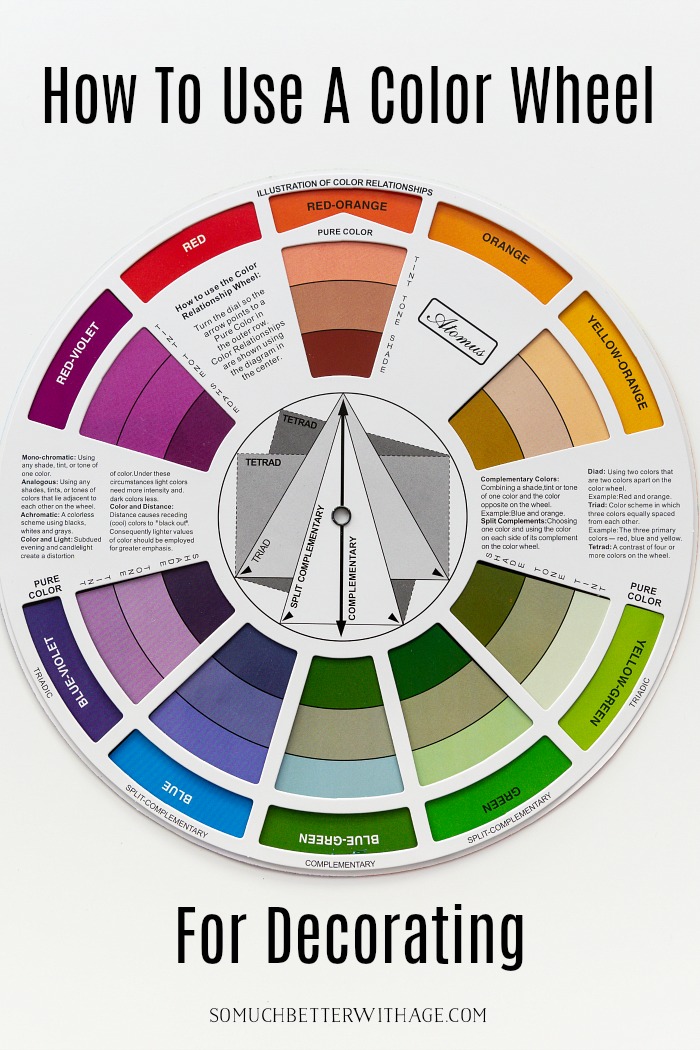
Choosing a Color Scheme for Your Space
Selecting the perfect color scheme involves more than just picking colors that complement each other. It requires thoughtful consideration of the purpose, function of the space, and the emotions you wish to evoke.
Start by determining the primary use of your space. For instance, spaces meant for relaxation, like bedrooms, may benefit from cool or monochromatic schemes, fostering a sense of serenity. In contrast, a home office or workout area could thrive with complementary or triadic schemes, adding a burst of energy and focus.
Consider the existing architectural elements and furnishings, ensuring your chosen scheme complements what you already have. Experiment by testing color samples in different lighting conditions – natural vs. artificial light can drastically alter a color’s appearance.
Additionally, incorporate textures and patterns within your color scheme to add depth and interest without overwhelming the space. Delight in a delicate balance of color and texture to maintain engagement and prevent the space from feeling flat or monotonous.
By understanding and implementing these color schemes in your interior spaces, you not only achieve aesthetic pleasure but also create environments that cater to the psychological needs and well-being of those who inhabit them.
Psychological Effects of Color
Warm vs. Cool Colors
In the realm of interior design, the temperature of a color significantly influences the ambiance of a space. Warm colors, such as reds, yellows, and oranges, evoke feelings of warmth, energy, and excitement. These hues can enliven a room, making them ideal for social and energetic spaces like living rooms and dining areas. By contrast, cool colors like blues, greens, and purples foster a sense of calmness, tranquility, and relaxation. These tones are often employed in bedrooms and bathrooms, where creating a peaceful retreat is paramount.
Understanding the scale of warm to cool colors can also guide the overall perception of a room’s size and atmosphere. Warm colors are thought to advance toward you, giving a cozy, intimate feel to larger spaces. On the other hand, cool colors seem to recede, which can make smaller rooms appear larger and more open.

How Colors Influence Mood and Behavior
The psychological impact of color cannot be overstated when designing an inviting and functional interior space. Colors inherently communicate with our emotions and can subtly influence our behavior and overall mood. For instance, red is associated with passion and intensity, potentially increasing heart rate and stimulating appetite, making it a popular choice for kitchens and dining rooms. In contrast, blue promotes calm and focus, lending itself to environments that benefit from reduced stress, such as home offices or study areas.
Moreover, color combinations can enhance or soften these effects. Pairing neutral shades with vibrant colors can balance the aesthetic and emotional impact, catering to dynamic uses while maintaining a grounded environment. For a more comprehensive exploration of how color psychology plays a crucial role in design, consider this in-depth guide.
Interior design professionals emphasize the balanced use of color to not only serve aesthetic functions but also to bolster the well-being and productivity of inhabitants. By selecting hues that resonate with the intended purpose of each space, designers can harness the powerful psychology of color—crafting environments that naturally harmonize both mood and architecture.
Creating Harmonious Spaces with Color
Balance and Proportion in Color Use
In the realm of interior design, achieving a harmonious space is deeply rooted in the careful equilibrium of color usage. The balance and proportion of colors in a room can significantly transform the ambiance, ensuring that no single element overwhelms the senses. Effective color use is not just about choosing the right shades but also about distributing them thoughtfully throughout the space.
A well-balanced color palette typically follows the 60-30-10 rule, where 60% of the space is dominated by a primary color, 30% by a secondary color, and 10% by an accent color. This proportion keeps things visually interesting while maintaining a cohesive look. For instance, in a living room, a soft, neutral hue might cover 60% of the space, with deeper tones taking up 30%, and vibrant splashes of color at 10% to add dynamism.
Balance isn’t just about percentages; symmetry and placement are equally important. Colors can be evenly distributed across a room or utilized to create focal points, drawing attention and guiding the flow of the space. However, it’s crucial to take into account the psychological impact of colors as certain shades can evoke specific emotions. For more on this, you can visit this detailed guide on color psychology and design effects.
Color Accents and Focal Points
Color accents and focal points serve as the pièce de résistance in interior design, subtly yet powerfully attracting attention to particular areas within a room. Through strategic placement and selection, accents can rejuvenate a space, offer depth, and infuse personality.
Focal points are created by using bold or contrasting colors that stand apart from the dominant color palette. Imagine a serene, light-toned bedroom punctuated by a deep teal headboard. The headboard automatically draws the eye, ensuring that the room remains engaging without becoming overwhelming. Similarly, accent colors, such as vibrant pillows on a neutral couch or a colorful artwork against a minimalist wall, serve to invigorate the room’s atmosphere.
When selecting accents, it’s crucial to ensure they complement, rather than clash with, existing colors. They should embody the essence of the room while highlighting its best features. To fully leverage color accents, one might consider textures and patterns, which can further amplify the impact without adding more color.
In the intricate dance of color theory, understanding how to utilize balance, proportion, and accents allows for a living environment that is both aesthetically pleasing and personally meaningful. This nuanced mastery of color transforms mere rooms into harmonious sanctuaries, fostering spaces where both mind and soul feel at ease.
Popular Color Palettes in Interior Design
Monochromatic Color Palettes
A monochromatic color palette is an embodiment of simplicity and elegance in interior design. By utilizing varying shades, tints, and tones of a single hue, it creates a harmonious and serene environment, perfect for fostering a sense of peace and order. This approach allows homeowners to explore depth and dimension within a single color family.
One of the key benefits of monochromatic schemes is their ability to provide a cohesive and expansive feeling to small spaces. Through subtle variations in intensity and saturation, rooms can feel both open and welcoming. For example, using a soft pastel blue for the walls, a deeper navy for accent pieces, and splashes of white or gray can craft a sophisticated and calming environment.
When employed with skill, monochromatic color palettes can also highlight architectural features and textures within the space, making them stand out and adding interest without overwhelming the senses. To explore more about how monochromatic schemes can transform spaces, visit Color Matters.
Complementary Color Palettes
In stark contrast, complementary color palettes inject vibrancy and energy into interior design. By pairing colors that are opposites on the color wheel—like blue and orange or red and green—this palette creates high visual contrast, which can make a bold statement.
Complementary schemes are particularly effective in crafting dynamic focal points within a room. For instance, a bright red accent chair set against a green backdrop not only grabs attention but also injects a sense of lively contrast and balance. This clash of colors, when managed correctly, creates a dynamic equilibrium that can command attention and inspire creativity.
Using complementary colors also allows for the creative mixing of hues. For a balanced look, one can opt to use one color predominantly while the complementary color plays a subtler, yet crucial, supporting role. This strategy ensures the space is engaging rather than overwhelming. For those interested in mastering this technique, a visit to Tiger Color provides a wealth of insights into the strategic use of complementary colors.
Both monochromatic and complementary color palettes offer unique benefits in interior design, influencing the overall mood and functionality of spaces to suit individual aesthetics and lifestyles.
Tips for Selecting the Right Colors
Choosing the right color for your interior spaces is crucial to creating a harmonious environment that reflects your personal style and meets the functional requirements of the room. Here are expert tips to help you make informed decisions.
Using Color Samples Effectively
When it comes to selecting colors, simply viewing paint chips or swatches in a store won’t give you the full picture. It’s essential to understand how a color will look in your actual space. Follow these insightful tips to use color samples effectively:
- Order Sample Paints: Opt for small sample pots of your shortlisted colors. Apply them onto A4-sized boards instead of directly on the walls. This lets you move them around and see how they react to different light and angles without affecting your existing paint.
-
Observe at Different Times: Colors can change dramatically throughout the day due to natural and artificial light. Place your samples in various parts of the room and observe them in the morning, afternoon, and at night. This helps anticipate and prevent any potential color missteps.
-
Pair with Materials: Don’t forget to compare your chosen samples with other elements like flooring, cabinetry, and textiles. This helps maintain coherence and ensures that the colors complement or contrast as desired across different mediums.
Lighting Considerations
Lighting plays a pivotal role in how colors are perceived in interior spaces. It can dictate the warmth, coolness, and overall ambiance of a room. Below are key considerations for aligning lighting with your color choices:
- Natural Versus Artificial Light: Rooms with ample natural light can handle cooler colors, as sunlight brings out the best in blues and greens. In contrast, spaces that rely heavily on artificial lighting might require warmer colors to create coziness and depth.
-
Type of Light Bulbs: Be aware of the color temperature of your bulbs. Incandescent lights are warm and can make colors appear more yellow, while LED lights are available in a range of temperatures from cool to warm, giving you more flexibility in achieving the right atmosphere.
-
Light Layering: Use a mix of ambient, task, and accent lighting to enhance the feel of the space and make your color scheme standout. This layered approach ensures that different elements of your interior are accentuated according to their function and design intent.
Selecting the right colors for your interior spaces is more art than science, an interplay of shades and intensity, of daylight and lamp glow. By mastering color samples and understanding lighting considerations, you unlock a whole new dimension in home design that feels natural and vibrant. For more detailed insights about how professional designers approach these aspects, you can explore in-depth resources on House Beautiful.
Conclusion: The Importance of Color Theory in Interior Design
In the world of interior design, color theory is not just an academic exercise but a critical tool that can transform a space from ordinary to extraordinary. When thoughtfully applied, color theory helps create environments that are not only visually appealing but also emotionally resonant. This knowledge allows professionals to orchestrate a space where aesthetics meet functionality, ultimately enhancing the overall ambiance and user experience.
Color in interior design is like a language that communicates with the inhabitants of a space, influencing feelings and perceptions. Colors can evoke emotions, create illusions of space, and even impact physiological reactions. For example, cool colors like blues and greens tend to create a calming and relaxing environment, making them an excellent choice for bedrooms or meditation spaces. Conversely, warm colors such as reds and oranges can energize and invigorate, often used in social areas like living rooms or kitchens.
Notably, understanding the psychological effects of color plays a pivotal role in selecting hues that align with the purpose of a room. This makes color theory an indispensable aspect of creating cohesive and harmonious interiors. Whether aiming for balance and proportion or using colors as an accent or focal point, designers employ color theory techniques to craft spaces that not only look good but feel right.
Moreover, trends in popular color palettes evolve, but the underlying principles of color theory remain timeless, enabling designers to transition seamlessly between design epochs. For instance, the current inclination towards monochromatic and complementary palettes reflects a sophisticated understanding of how different shades can coexist harmoniously.
Incorporating color theory effectively requires not only a grasp of color schemes but also practical considerations like lighting and the use of color samples, ensuring that the chosen colors will achieve the desired effect in real-world settings. For further reading on how color impacts space, professionals often reference comprehensive sources like the Color Matters website, which provides in-depth insights into color psychology and application.
Ultimately, mastering color theory enhances the creative toolkit of any interior designer, allowing them to harmonize spaces naturally and create environments that truly engage and inspire those who inhabit them. As you plan and execute your design projects, consider the profound impact that colors have, and let color theory be your guide in crafting spaces that beautifully combine form with function.
